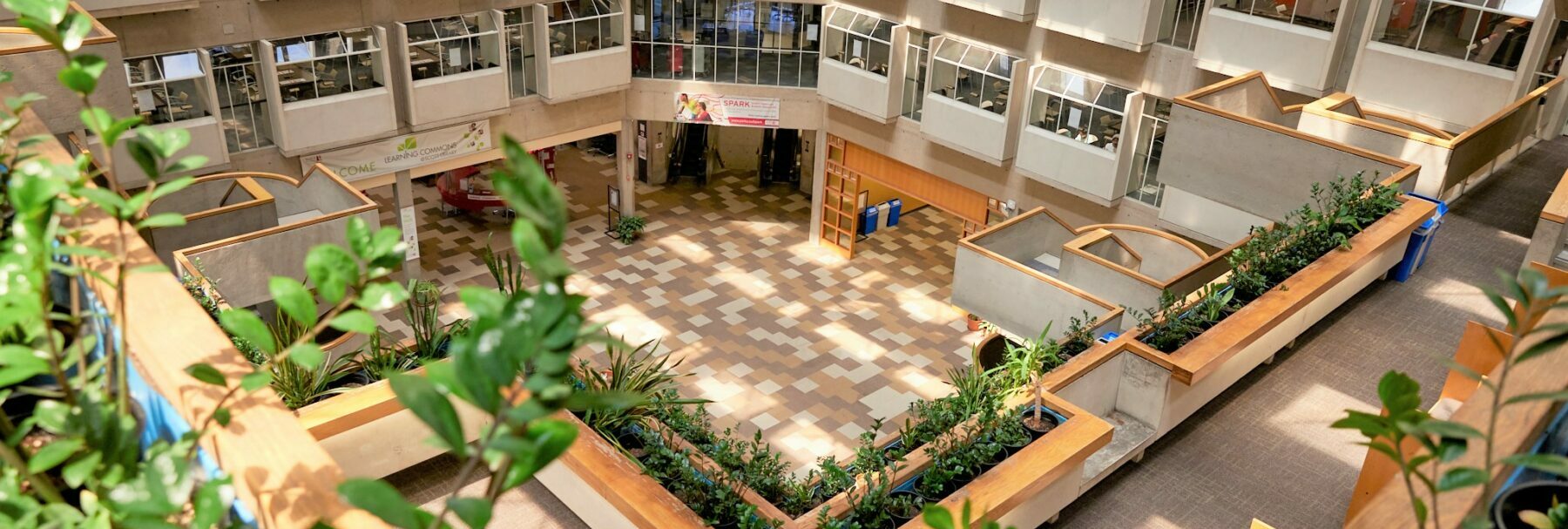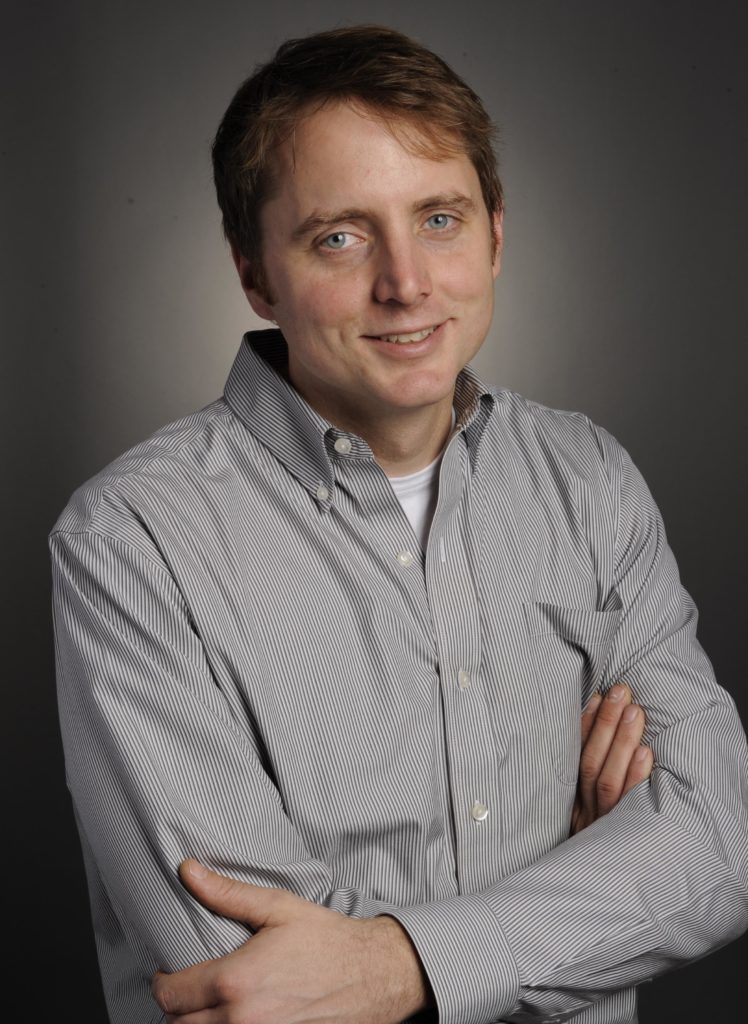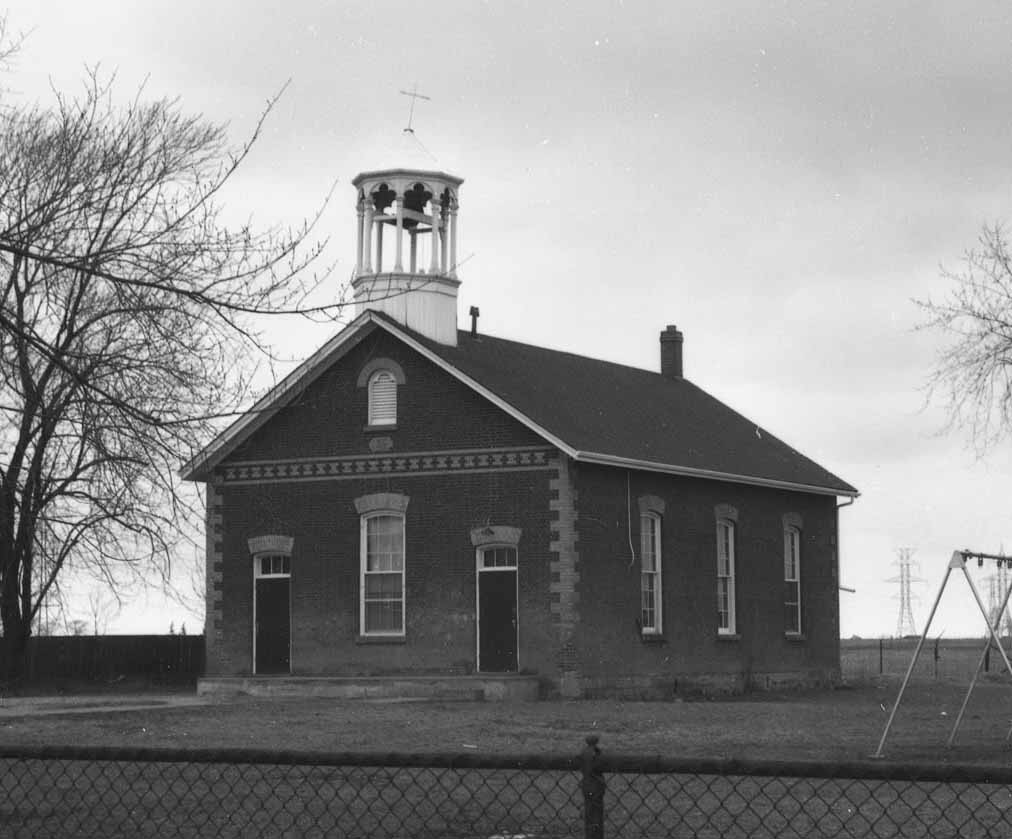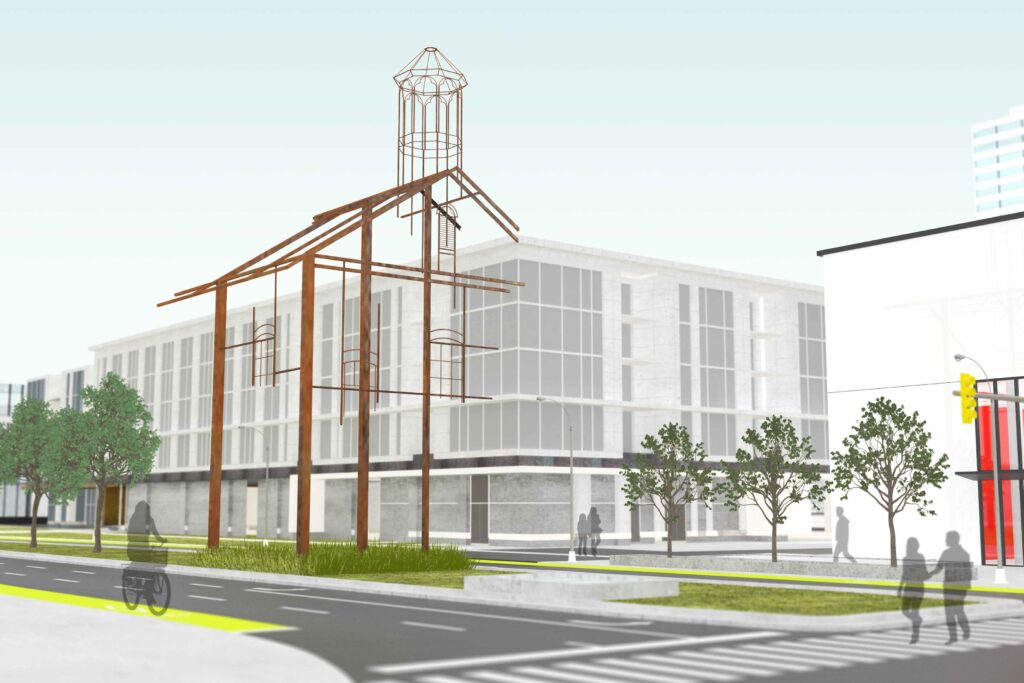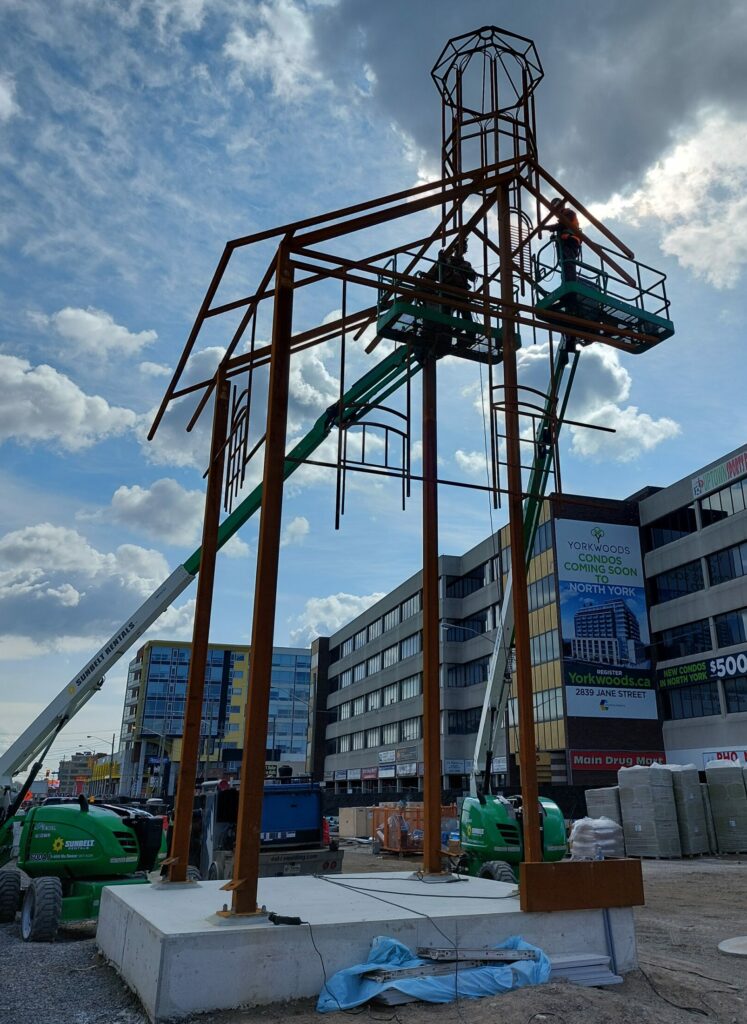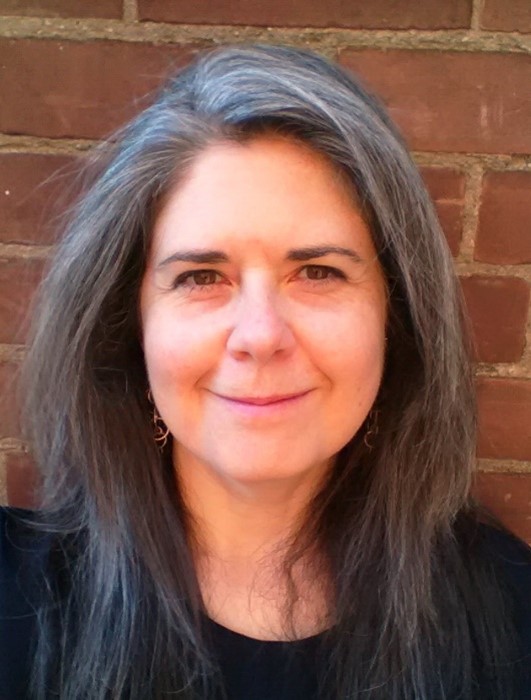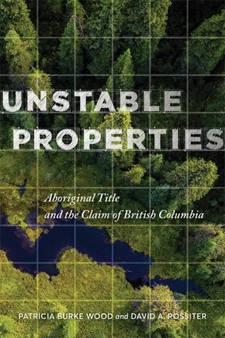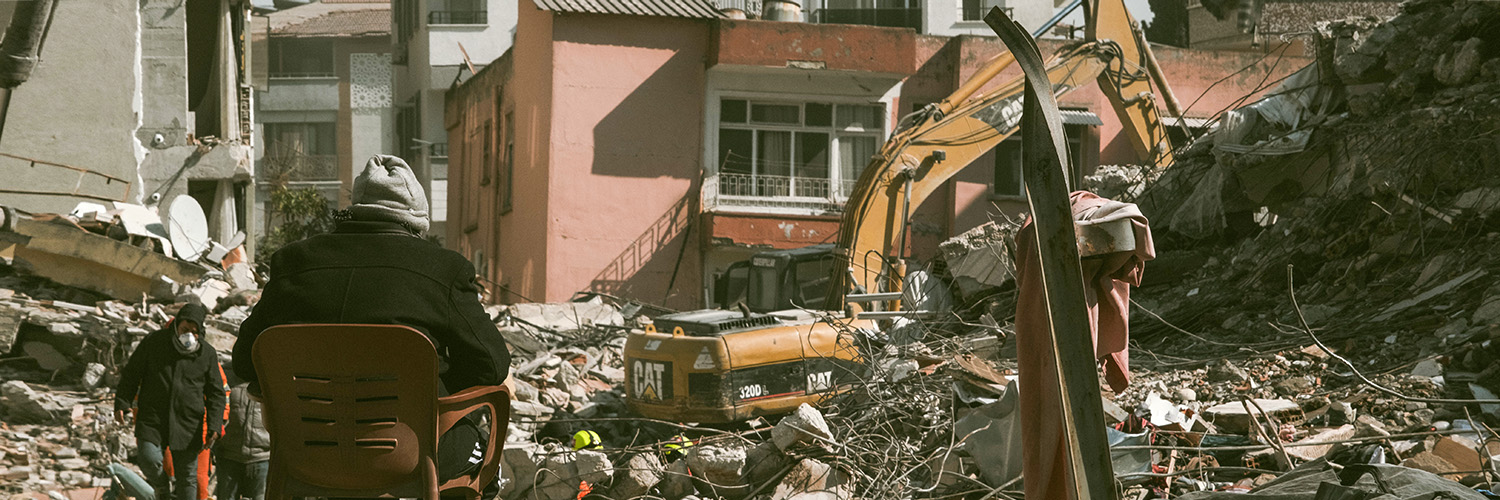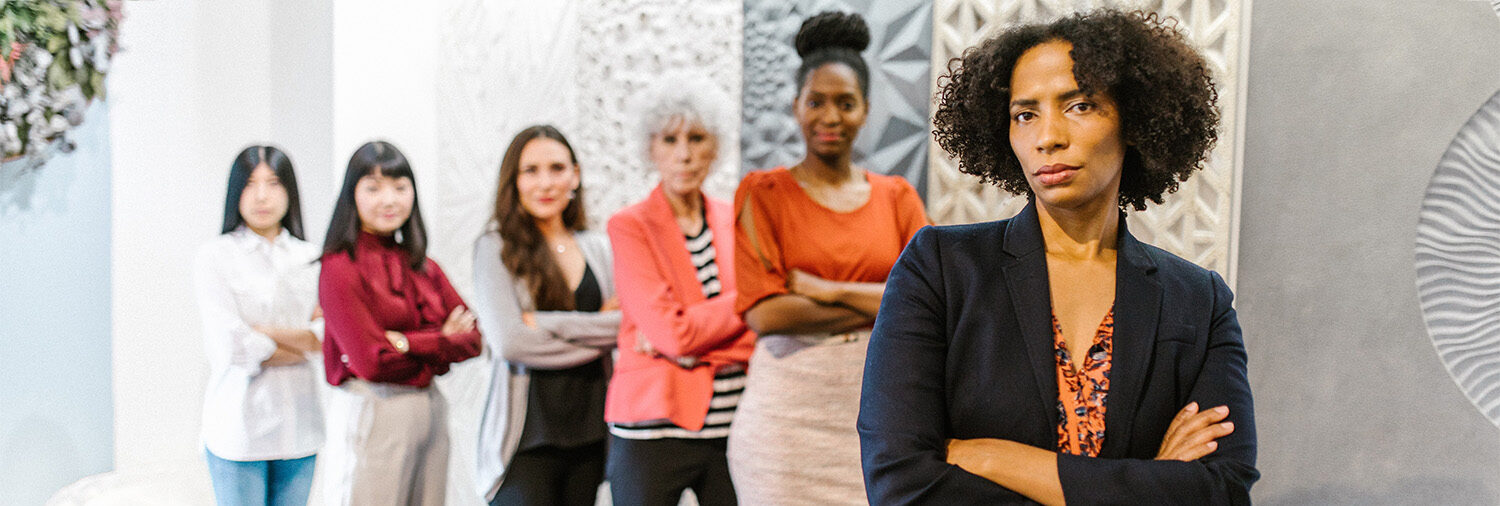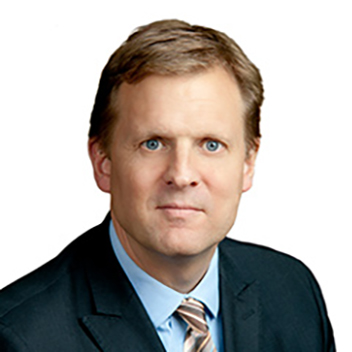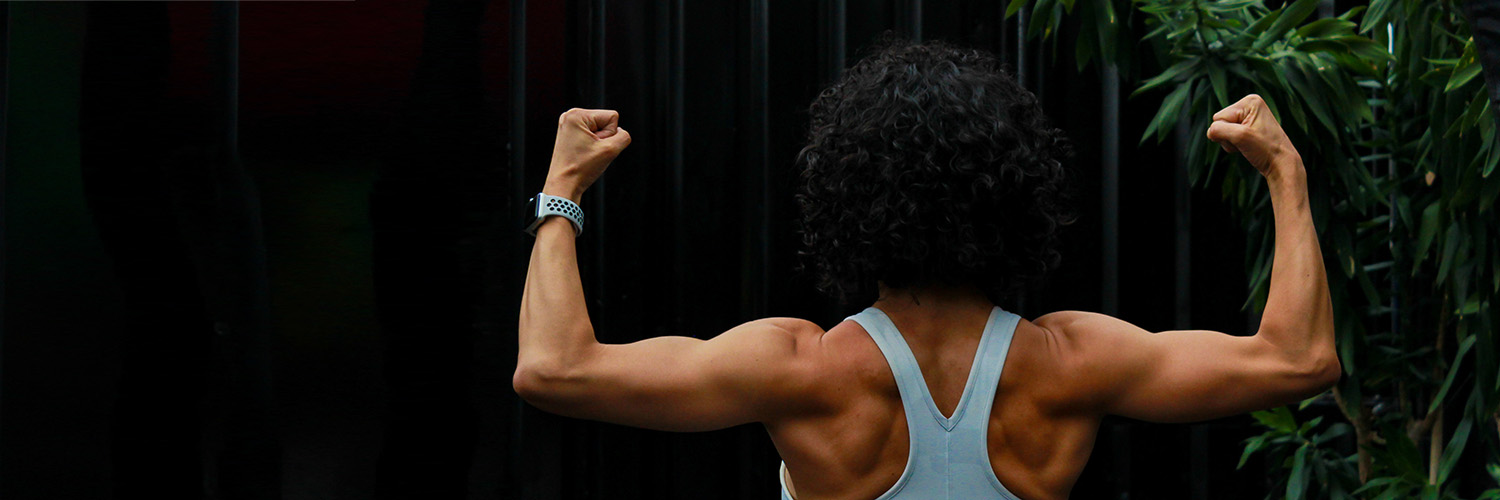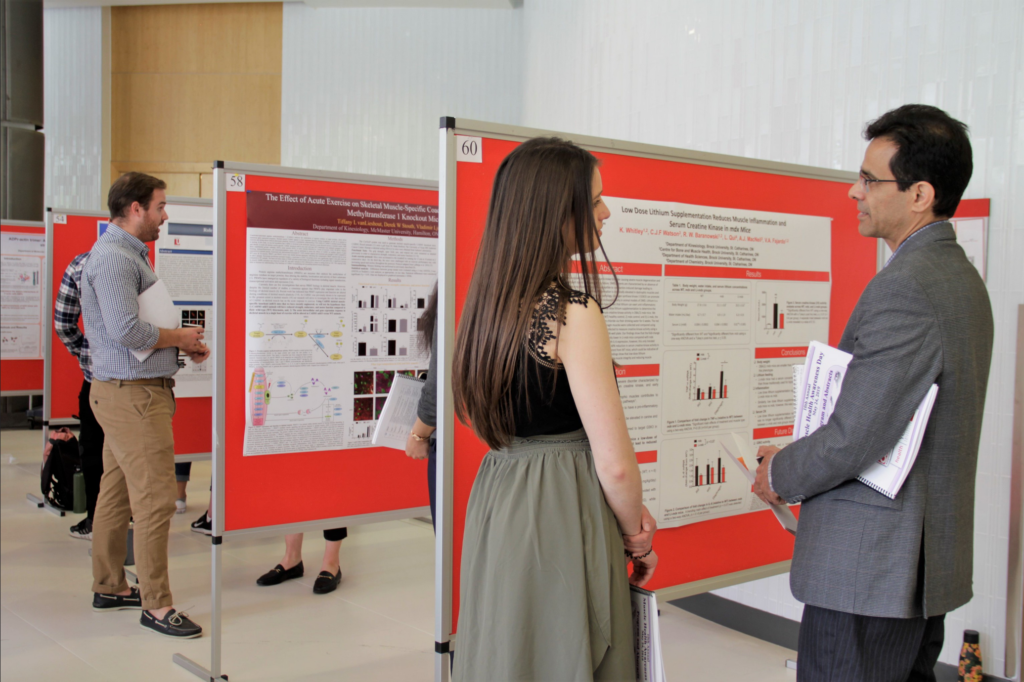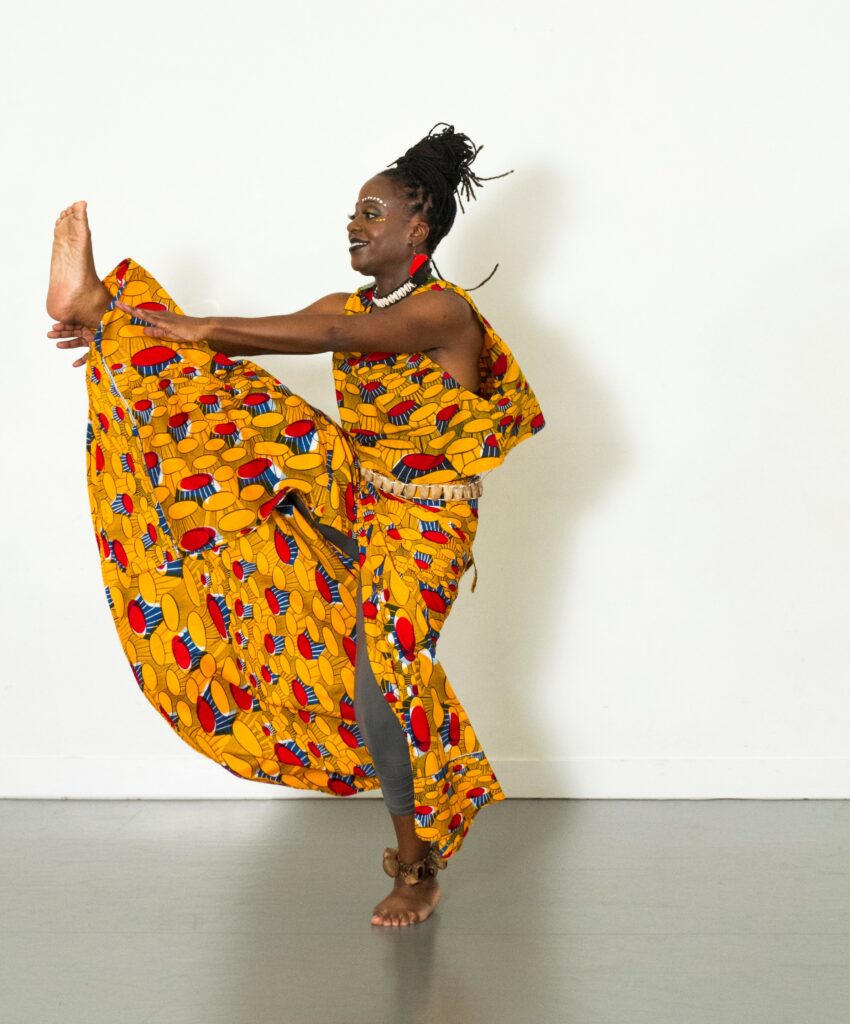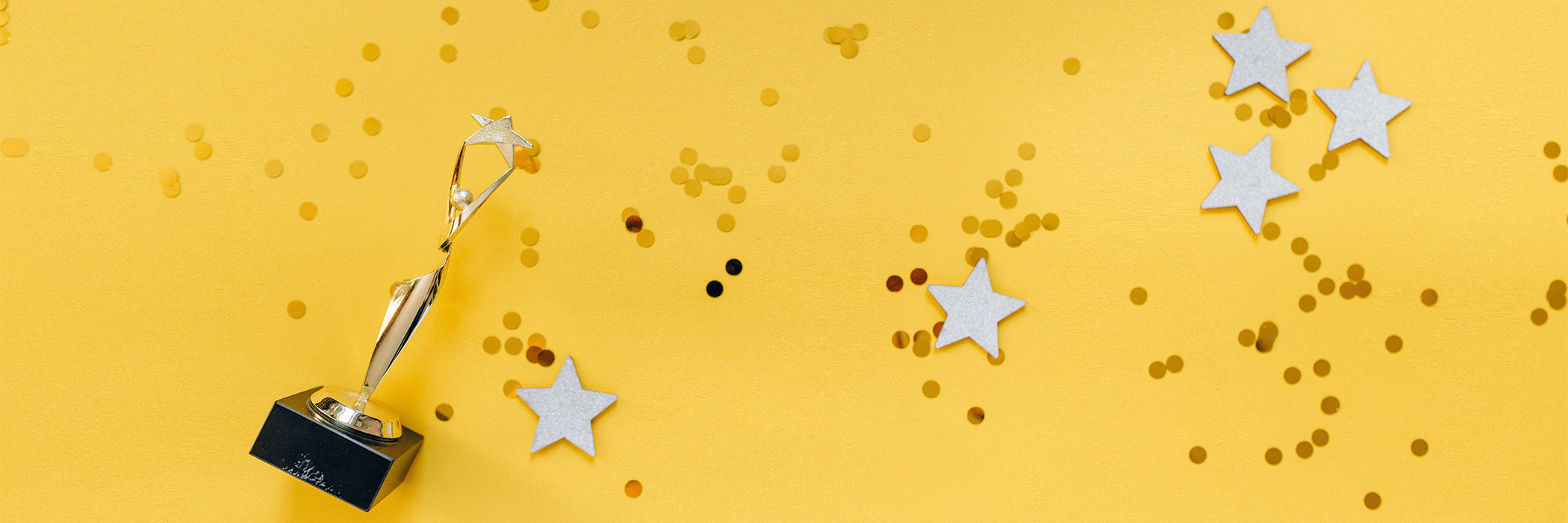By Elaine Smith
Congress 2023 at York University will involve more than academic presentations and panel discussions, as York University Libraries is set to showcase its unique archival holdings built through five decades of preserving cultural heritage.
Michael Moir, University archivist, and his team have been working for many months to create thought-provoking, interesting exhibits for the event. Three exhibits will be on display on the second floor of the library between May 27 and June 2 reflecting on the event theme, Reckonings and Re-imaginings.
At Congress in 2006, “John Lennox, the former dean of Graduate Studies approached the archives about having exhibits of interest to various learned societies,” said Moir, who is also head, Clara Thomas Archives & Special Collections. “When Congress’ return to York was announced, the Libraries began to plan for participation in the celebration, building upon our first experience.”
The first exhibit, Reckoning and Reimagining: Deborah Barndt’s Engaged Use of Photography, showcases images taken by the retired professor, who is also curating the display. The exhibit will focus a contemporary lens on photos of migrants to Peru in the 1970s; posters from ESL classes in Toronto between 1977 and 1984; literacy teachers in Nicaragua learning to be photojournalists during the Sandinista regime in the 1990s; and urgent social issues of the early 1990s.
Celebrating Black Emancipation Through Carnival focuses on the work of the late Kenneth Shah, a native of Trinidad and Tobago who immigrated to Toronto and was a major force for years in the city’s Caribana, an annual celebration of the emancipation of the Caribbean’s Black population. His costume designs were featured in the parade year after year and the colours and styles will be on display for viewers.
Ben Wicks, the late cartoonist, and his work are the focus of the third exhibit, Cartoons as Commentary and Agents of Change.
“Wicks was known for his cartoons and his work with CBC-TV,” said Moir. “Fewer people are aware of his humanitarian work and his campaigns against poverty and malnutrition in Canada and Africa, and to promote children’s literacy. We seldom think of cartoons as agents of change, but he used them to draw attention to causes dear to his heart.”
The Wicks family donated many of his drawings, scrapbooks and episodes of his television show to York and a selection of these aims to give the viewer more insight into his work as a changemaker.
All three exhibits will be open to the public during regular library hours, except if a Congress 2023 reception is taking place in the space.
York University and the Federation for Humanities and Social Sciences will host Congress 2023 from May 27 to June 2. Register here to attend. Term dates have been adjusted to align with timelines for this year’s event.


